Marketplace
CF Toronto Eaton Centre
June 1, 10:00 AM - 9:00 PM
June 2, 10:00 AM - 7:00 PM






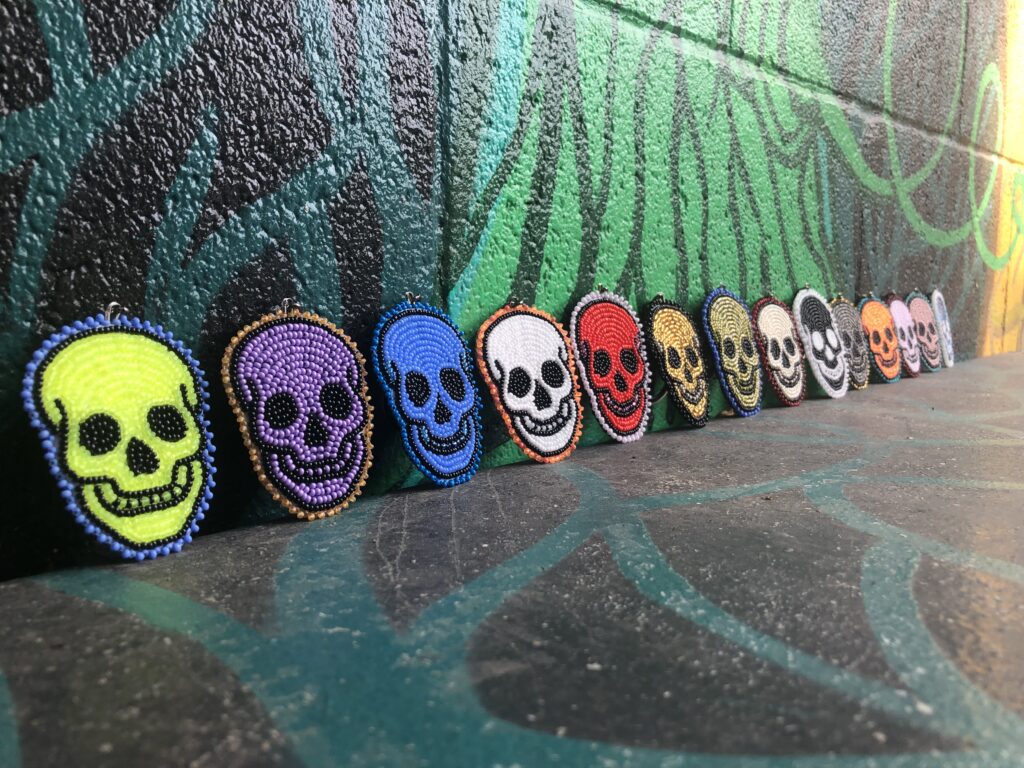



Cedar Eve Creations

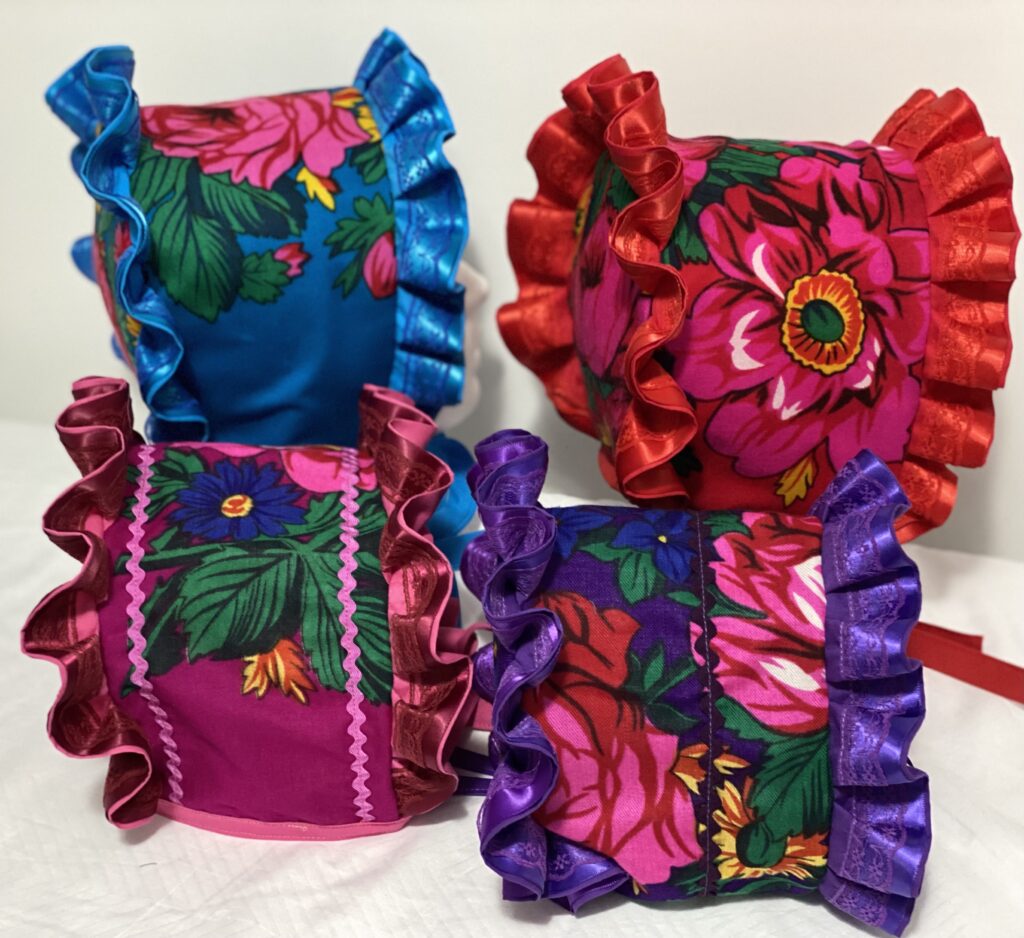

Christine Toulouse


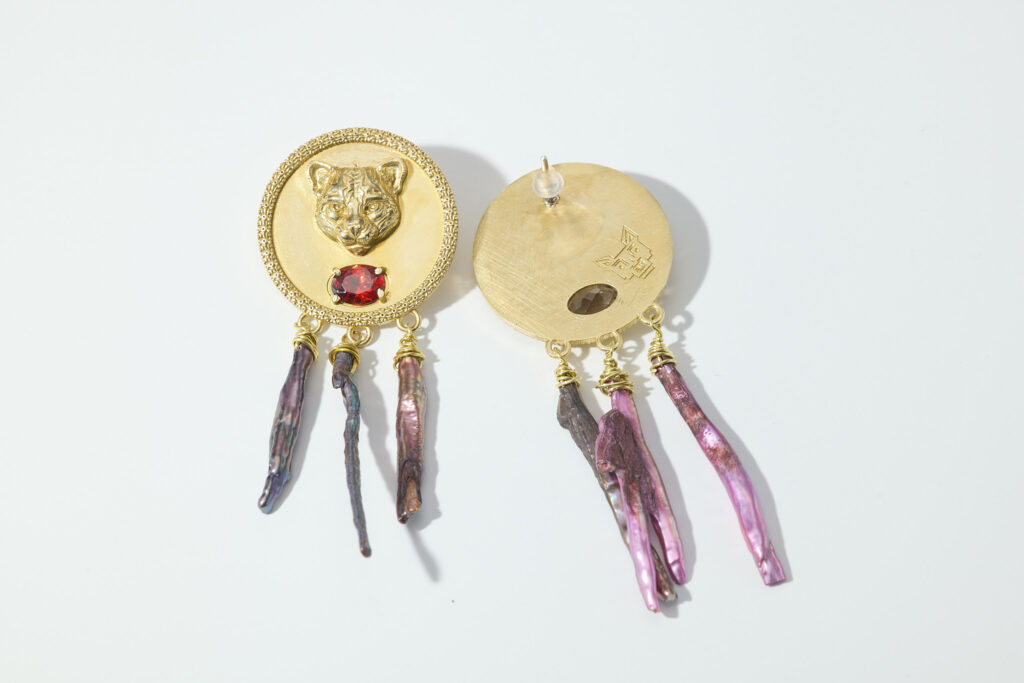
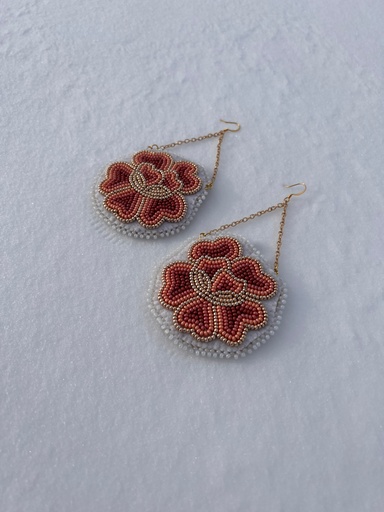










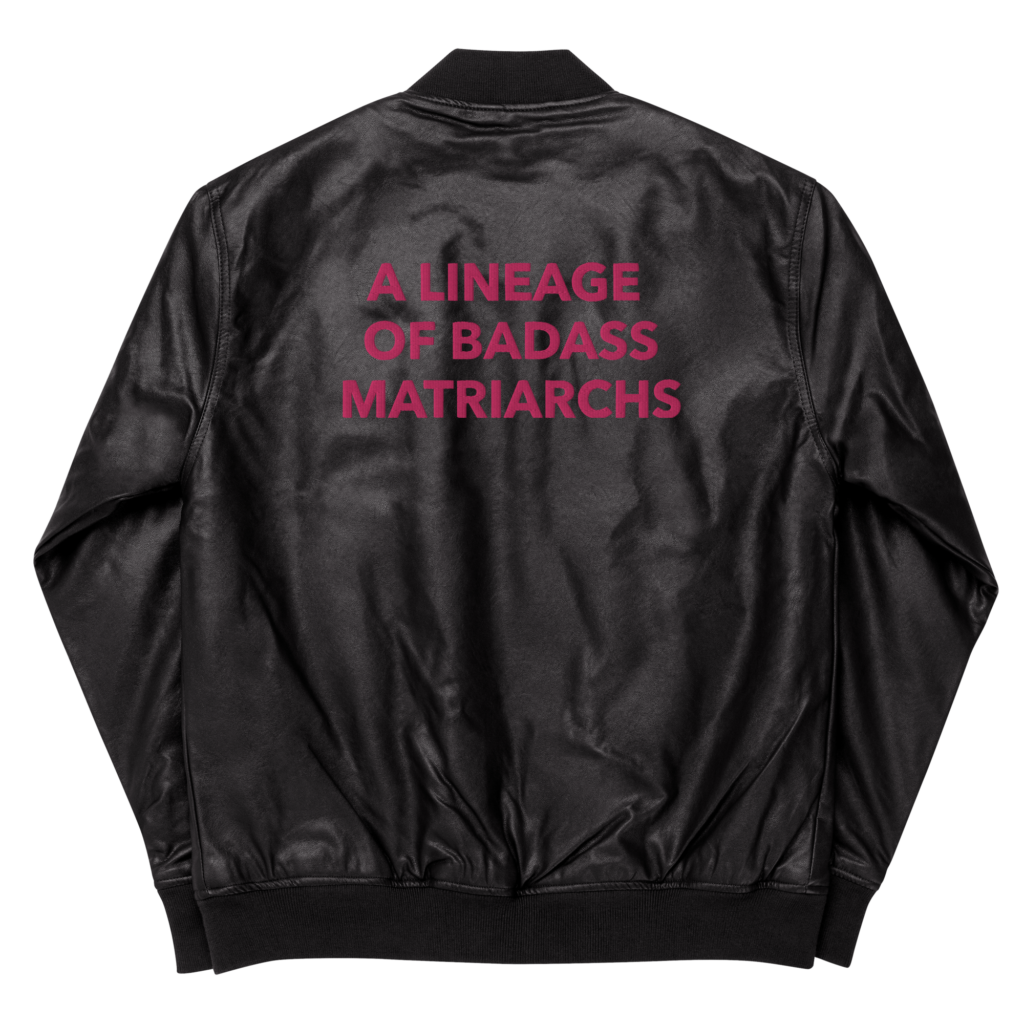




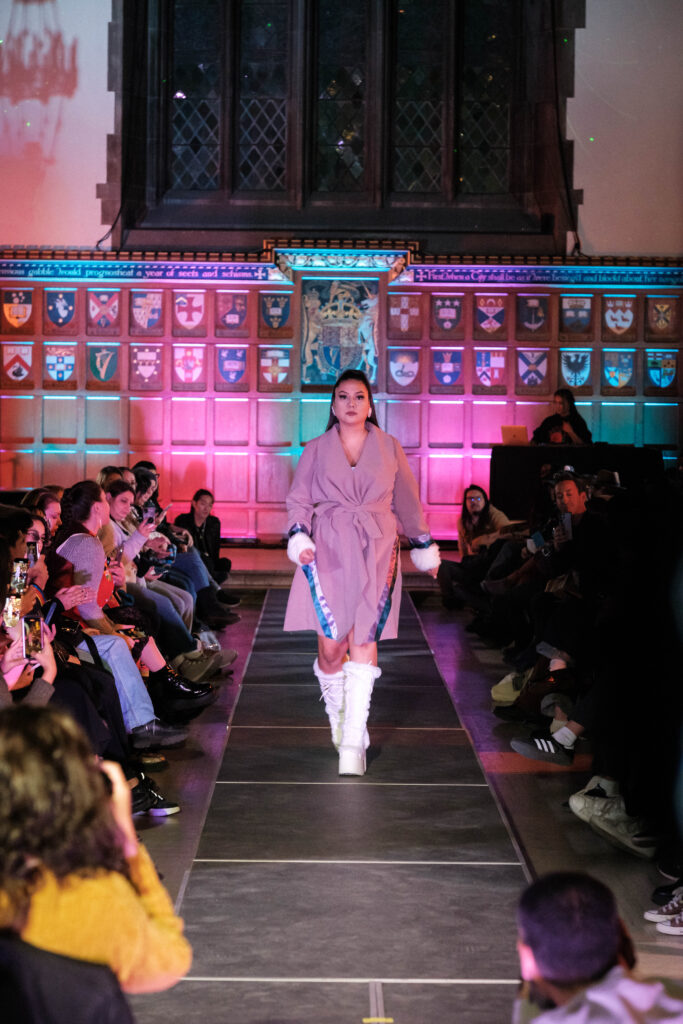


Nisnipawset Beadwork











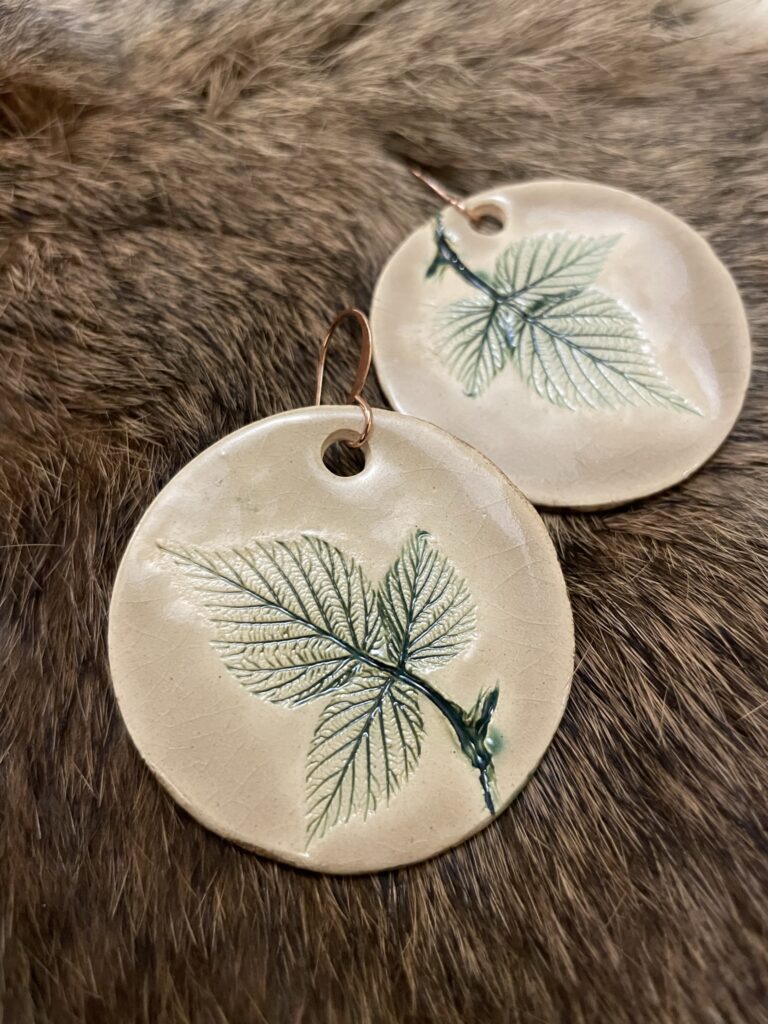














CF Toronto Eaton Centre
June 1, 10:00 AM - 9:00 PM
June 2, 10:00 AM - 7:00 PM



























































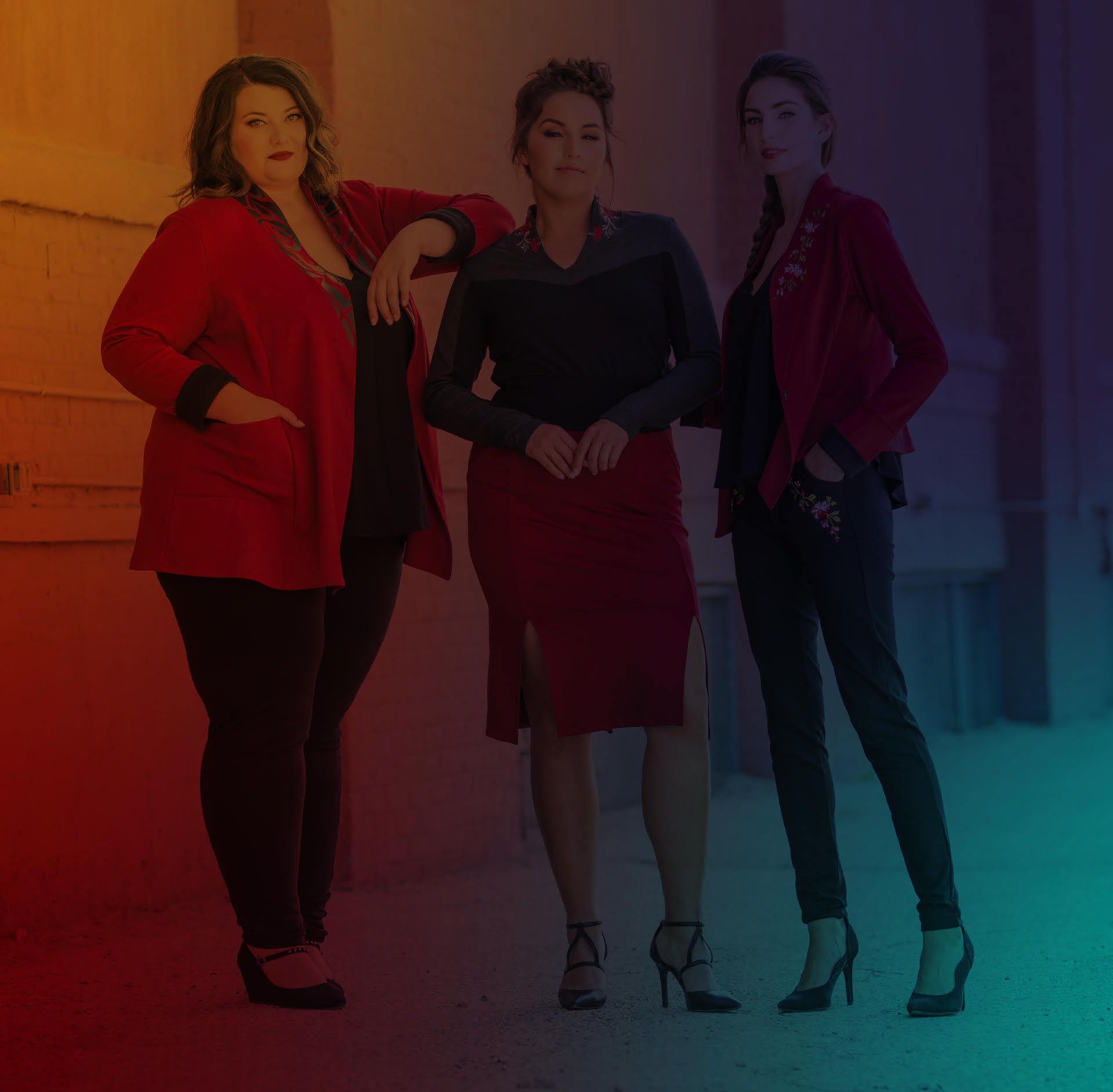
Curated by Samay Arcentales Cajas
Booths ## - ##
Imagine listening to the ever-present sounds of rainforest life forms: the soft touch of achiote seeds that stain your fingers, the grassy smell of wool and cotton woven into the very fabric of your clothing, and the sight of both bright and earth colours filling every crevice. Imagine days being as long as nights all year round, of precious metals found in riverside sands, of language as soft as orchids and as tough as mountain terrain.
This is Abiayala, and so much more.
The term Abiayala comes from the Guna (from territories now known as Panama and Colombia) language: Dulegaya. On October of 1975, the first conference of the World Council of Indigenous Peoples - hosted in Port Alberni, BC - took place. Aymara leader Takir Mamani (Indigenous to Bolivia), encouraged the use of the term Abiayala, to replace the use of the word “Americas”. Not only was it a way of taking back Indigenous histories and establishing ourselves as owners of our own identity, but brought all Indigenous peoples together across colonial borders. It is now largely used as a way to refer to areas colonized by Spanish, Portuguese, and French empires.
Abiayala means mature land, or land of blood. In this same way, the designers in this spotlight all draw inspiration from a deep ancestral, knowledgeable source, bringing new, contemporary energy into the world of fashion, showing that Indigenous communities remain and always will be important cultural creators. A peoples who do not belong to museums but who are alive and well and changing the landscape of what we know as fashion.
The designers range as far south as Chile, all the way north to Mexico. Through the use of a variety of materials (such as cotton, wool, silver, and seed beads) and a multitude of techniques (weaving, sewing, industrial machinery, soldering, and modeling), they each bring their own unique design and aesthetic. They represent a part of what 19,197,000 km2 of land mass holds, each one groundbreaking in their own right, from emerging artists to established designers who have paved paths for the next generations to come.
Broken up by borders and now coming together with shared passions, I hope this spotlight enriches what is understood as Indigenous fashion and the multitude of textures, silhouettes, and teachings it can carry.
Kaypi mikanchik
We are here
Yupaychani shunkumanta
From my heart, thank you
Samay Arcentales Cajas